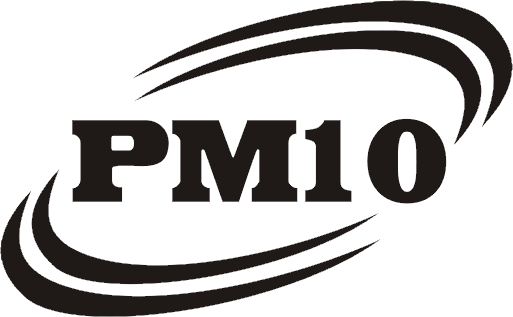PM10 Plan Creation
PM10 (Particulate Matter) Plan Creation
PM10 is your fugitive dust control specialists customizing your dust control plans to meet your specific site needs. Total compliance to California, Arizona and Nevada PM10 standards, from filing permits to your complete PM10 plan.
After which we are ready to handle all aspects of implementation as well!
Dust Control & Prevention
Fugitive dust control strategies are composed of a balance of available dust mitigation techniques applied on an as needed basis by construction site supervision to
- prevent dust from exiting the property
- prevent visible emissions from exceeding opacity regulations, and prevent public nuisance.
This implies the use of adequate measures during the appropriate evolution of each construction activity and may include wind breaks and barriers, frequent water applications, application of soil additives, control of vehicle access, vehicle speed restrictions, covering of piles, use of gravel at site exit points to remove caked on dirt from tires and tracks, washing of equipment at the end of each work day and prior to site removal, wet sweeping of public thoroughfares, and work stoppage (refer to Attachment B).
Site-Specific Considerations
Time of year, length of project, and acres per day undergoing vegetative removal, excavation, backfilling, hauling and grading should be the primary focus for implementation of dust control measures. The plan must also consider dust emissions associated with construction activities after completion of grading activities including installation of infrastructure (including water, electric, roads, sidewalks, and sewer), digging of building foundations, site vehicle traffic, and landscaping activities.
Knowledge of soil types may be important to understand the free silt content and the ability to hold moisture. Some soils are hydrophobic – repel water – and may require the addition of surfactants during water applications to facilitate penetration and achieve appropriate moisture adsorption. Surfactants may also be used to reduce the amount of water needed.
Activities occurring near sensitive receptors should receive a higher level of preventative planning. Sensitive receptors include school-aged children (schools, daycare, playgrounds), the elderly (retirement community, nursing homes), the infirm (medical facilities/offices), and those who exercise outdoors regularly (public and private exercise facilities, parks).
Other Regulatory Requirements
The project proponent should evaluate water quality, flora and fauna and other environmental impacts (e.g. wildlife, drinking water, storm water runoff, and surface water impacts) prior to the use of water/soil additives including binders, tackifiers, surfactants, and other materials and methods. All additives at a minimum must meet Regional Water Quality Control Board (RWQCB) requirements and all applicable federal, state, and local environmental regulations regarding the use of the material.
